Delivering Exceptional Employee Experience Will Remain Crucial in 2023
The experimentations on the right hybrid work model will continue well into 2023 as many organisations are still figuring out what constitutes the best workplace styles, hours, and ways of running engagements and meetings for all scenarios.
Some companies are mandating the number of days employees are required to be in the office; while others are allowing employees to decide when and if they want to come in, giving them greater flexibility. There are also organisations that have adopted a 4-day work week – and we can expect to see more of these experiments in 2023.
Regardless of what the hybrid workplace looks like, organisations will continue to prioritise employee experience (EX) and focus on ensuring “meeting equity” in a distributed work environment.
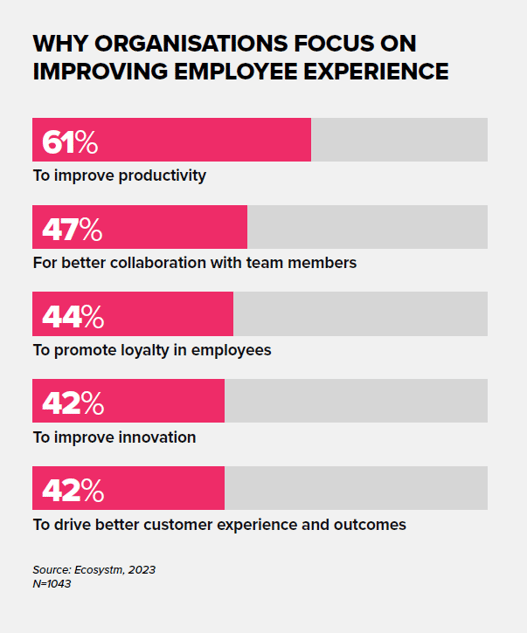
Here are 6 ways organisations can promote seamless collaboration in a hybrid work model.
Download your copy of this eBook: 6 ways to collaborate effectively in a distributed enterprise
#1 Cater to the Needs of a Multi-Generational Workforce
Understanding the unique needs of different segments of the workforce is crucial for organisations to create a tailored work environment that meets the diverse work preferences of their employees.
Different profiles of workers have their own preferences regarding the style, brand, and type of devices such as laptops, desktops, headsets, and mobile devices.
For instance, younger employees tend to have different expectations when it comes to the devices and technologies they prefer to use, which may lead to a resurgence of the “bring your own device” (BYOD) trend.
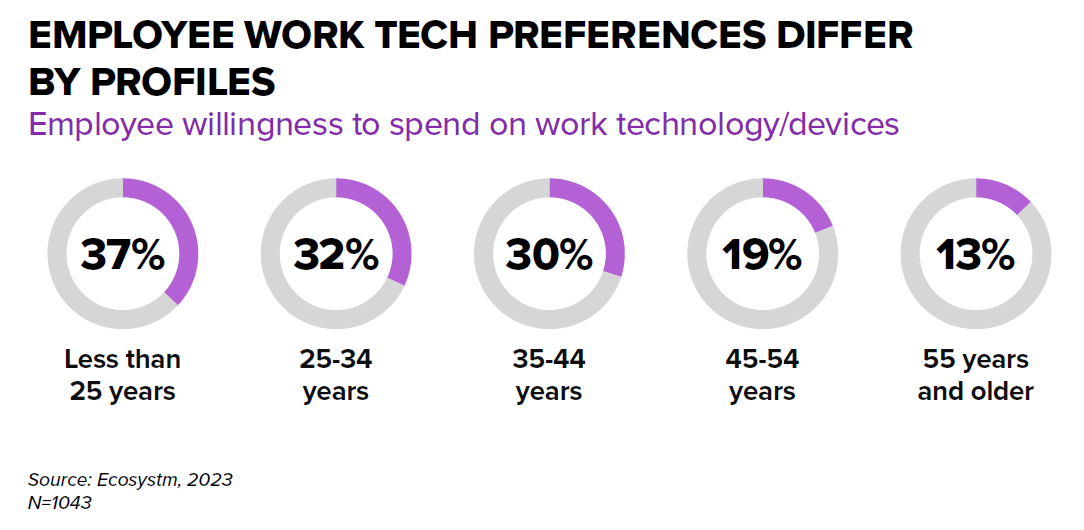
#2 Make Platform Flexibility Key to the Collaboration Strategy
There are many reasons for the adoption of a multi-platform environment, including:
- External meeting invites. Employees may be invited to join meetings on a collaboration app that is not offered by the company
- Video or audio issues. If employees experience technical difficulties with video or audio during a meeting, they may switch to another platform for immediate usage.
- Risk of outages. Relying on a single collaboration platform can pose a significant risk to an organisation, as any outage could leave workers without an alternative solution to collaborate.
- Different preferences for voice calls and virtual meetings. Some employees may prefer to use a UC platform for voice calls, which could be different from the platform they prefer for virtual meetings.
Watch our webinar: Steps to Manage a Highly Distributed and Collaborative Enterprise
Ecosystm research find that 78% of organisations worldwide use more than one collaboration platform.
Do not restrict your employees from using multiple collaboration platforms – a multi-platform environment can help you meet the diverse communication needs and preferences of your workforce while also reducing the risk of downtime due to outages.
#3 Focus on Hybrid Cloud Telephony Set Up
Video and collaboration platforms remain crucial for daily meetings and collaboration activities. However, voice remains an important mode of communication for daily conversations, particularly for a dispersed workforce.
Voice is not likely to be replaced anytime soon, but the form factor of voice is rapidly evolving from physical PBX phones tied to individual desks to more agile platforms, either managed on the cloud, on-premises, or a hybrid of both.
Identifying the right platform that integrates with the organisation’s overall communication strategy.
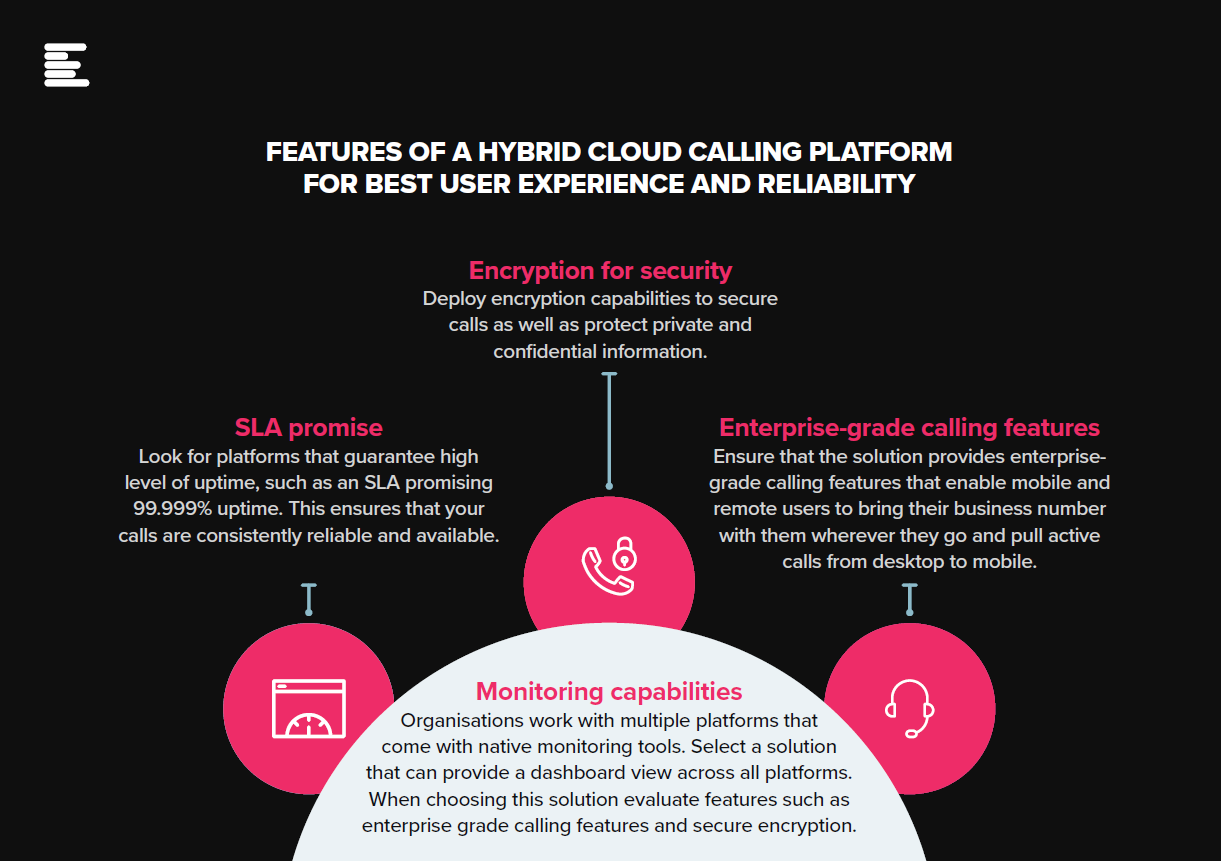
#4 Aim for Interoperability
As organisations adopt multiple platforms for unified communications and collaboration, it is important to address the issue of inconsistent user experiences when switching between platforms. Common complaints from users include drops in audio and video quality, headset connectivity issues, and difficulties in launching video.
Aim for interoperability by:
- Understanding potential points of failure between platforms
- Ensuring 100% visibility of workplace applications and devices
- Leveraging analytics for proactive troubleshooting
Additionally, interoperability issues are driving vendors to open their platforms to competing platforms. This trend is expected to continue in 2023, making it easier for customers to switch between platforms with minimal disruption.
#5 Don’t Forget that Employee & Customer Experiences are Interlinked
Aim to deliver an omnichannel experience to customers and make sure that channels are well-tested and orchestrated.
In 2023, customer experience (CX) transformation will be crucial for organisations. Providing a seamless customer and agent experience from the moment a call reaches the contact centre is essential. Ensuring agents have access to all relevant customer data is important, but so is providing a high- quality audio and voice experience.
For example, if agents are using softphones or headsets, poor call quality can negatively impact the customer experience. Additionally, if agents cannot understand what the customer is saying, the conversation will have to be repeated, leading to customer frustration.
A well-tested and orchestrated Interactive Voice Responses (IVRs) is important to improve customer and employee experiences. Tests should be conducted during peak periods to ensure that the system can handle a high volume of enquiries with minimal glitches.
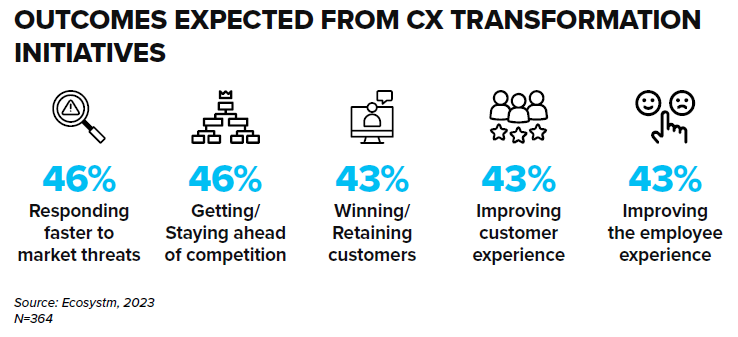
#6 Build a Zero Failure UC Environment
Organisations have to deal with multiple work patterns – and challenges, especially in managing remote employees. Challenges such as Internet reliability are sometimes beyond what the employee can troubleshoot and yet can totally put a complete halt to productivity.
An effective distributed enterprise must not only manage the workspace, people and the workplace culture dynamics but also ensure 100% resiliency in performance in workplace collaboration. Aim to build an environment where there is very little room for any failure.
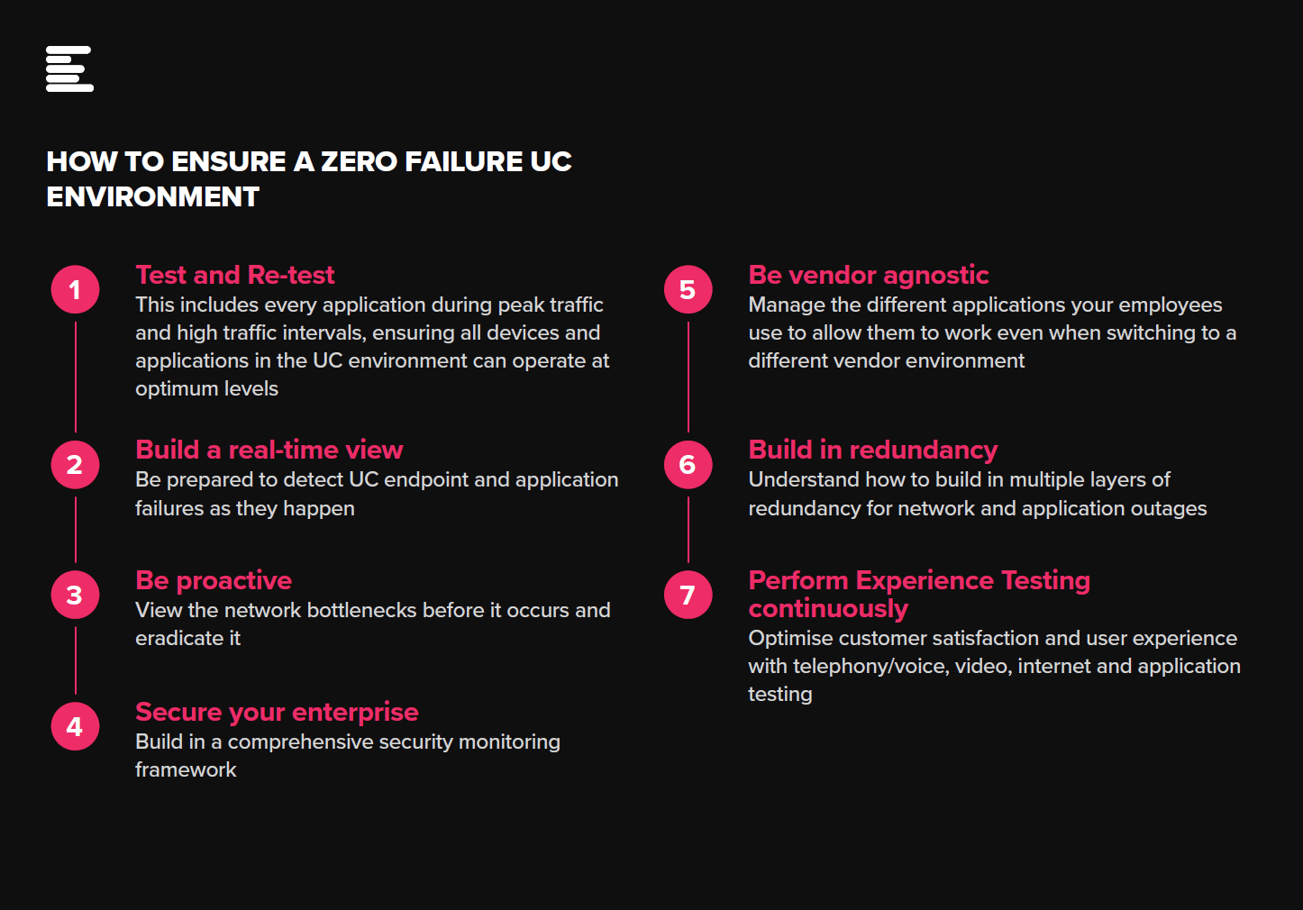
Ecosystm Opinion
Hybrid work makes it difficult to difficult to keep the enterprise resilient and agile with zero failure in a unified communications ecosystem.
As organisations become increasingly distributed, IT teams can no longer walk over to an employee’s desk to troubleshoot or look at a device to understand the faults.
It has become important to build a UC monitoring framework to ensure that every experience for the employee whether a call, a group meeting, group brainstorming session, presentation or webinar is handled well without any disruption.
Download your copy of this eBook: 6 ways to collaborate effectively in a distributed enterprise




